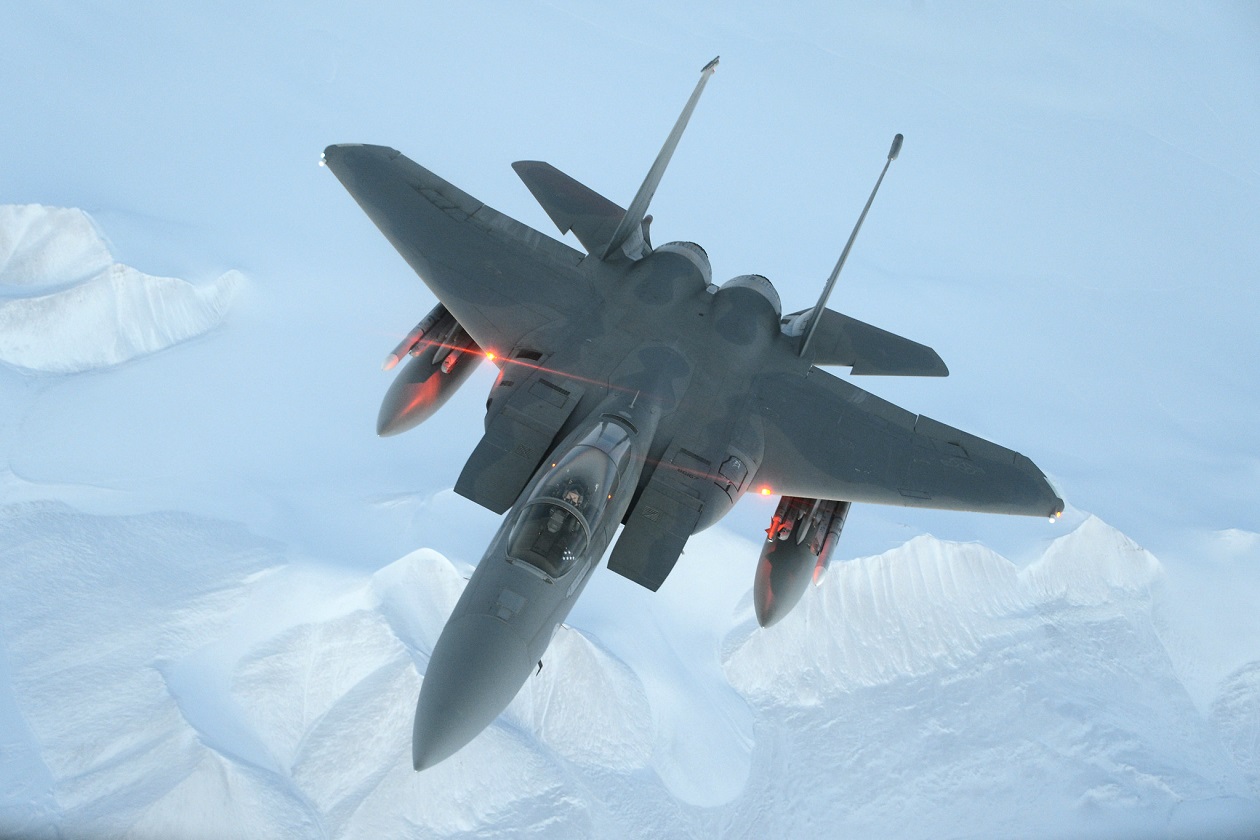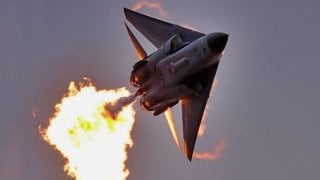How the First Gulf War Changed History Forever
The ensuing First Gulf War would serve as the first major international crisis of the post-Cold War era and change history forever.
After eight grueling years of fighting with the Islamic Republic of Iran, Iraqi leader Saddam Hussein ultimately agreed to end the conflict and withdrew the territories his forces had seized by mid-1990, nearly two years after a United Nations-brokered ceasefire officially halted the war.
At this point, the Persian Gulf appeared to be finally reaching a period of relative calm. Sadly, that was not the case at all, as the First Gulf War was right around the corner.
Iraq Destabilization
After nearly a decade of combat, Iraq was amidst economic turmoil and its military forces had been badly mauled. Despite this fact, only two weeks after dissolving the conflict with Iran’s leadership, Saddam accused Kuwait of drawing crude oil from the Ar-Rumaylah oil fields positioned along the border with Iraq. Saddam’s inflammatory rhetoric was closely followed by the massing of Iraqi troops along its shared border with Kuwait.
The ensuing First Gulf War would serve as the first major international crisis of the post-Cold War era. The U.S.-led response to Iraq’s invasion of its oil-rich neighbor would set a significant precedent for the use of military force in future conflicts.
Sadam Hussein’s Iraq
Throughout the 1980s, Iraq was consumed economically and militarily by its ongoing warfare with Iran. When Iraq invaded its neighbor in 1980, President Saddam Hussein expected to take control of the country in weeks. However, Iran’s larger population size and the willingness of its soldiers to undertake suicide missions helped prolong the conflict for eight years. By the end of the war, neither Iraq nor Iran could claim victory. Iraq lost hundreds of thousands of soldiers and owed Kuwait more than $14 billion U.S. dollars for the monetary aid it provided during the eight-year-long war.
Before Iraq’s invasion, Saddam called on Kuwait in addition to several other Gulf nations that lent the Ba'athist government monetary loans, to cancel its debt, arguing that Iraq’s war-time efforts protected the Arabian Peninsula from Iran’s expansionary agenda. Iraq’s inability to reimburse its neighbors could have played a role in Saddam’s decision to attempt to seize control of Kuwait.
The First Gulf War Unfolds
After issuing a slew of verbal threats to the smaller, oil-rich Kuwait nation, Saddam ordered his troops to invade on August 2, 1990. Similar to Saddam’s mistaken assumption that his forces could overtake Iran in a matter of weeks, the Iraqi leader expected his Arab state counterparts would support his invasion of Kuwait and not call on the West to help prevent it. Soon after Iraq initiated its invasion of Kuwait, two-thirds of the 21-member Arab League condemned the act of aggression. Additionally, Saudi Arabia called on the U.S. to support its intention to stop Saddam from succeeding.
Within 48-hours, Iraq’s military secured the entirety of Kuwait and was able to amass troops on the Saudi border. Industry experts believe the Kuwaiti military was comprised of just 16,000 men at the onset of the invasion. Kuwait’s Air Force included 80 fixed-wing aircraft, 40 helicopters, and approximately 2,200 personnel. While active resistance to Iraq’s invasion ensued for approximately half a day, nearly 4,200 Kuwaitis perished in combat. Iraq’s subsequent occupation of Kuwait was met with fierce resistance on an international scale.
Immediately following Saddam’s invasion of Kuwait, Western countries became concerned with the potentially global repercussions. Iraq’s proximity to Saudi Arabia especially worried the West, since its oil fields were now vulnerable to attack. If Iraq seized control of those fields, Saddam’s Ba’athist party would have controlled the majority of the world’s oil reserves.
Saddam soon began verbally attacking the Saudis in a similar fashion to his pre-invasion accusations directed at Kuwait’s government. Evoking the Carter Doctrine policy, which instructs the U.S. to use military force to protect its national interests in the Persian Gulf if necessary, U.S. President George H. W. Bush announced the formation of Operation Desert Shield.
Before Iraq’s invasion, 40 countries entered a nonbinding alliance against Iraq dubbed “The Coalition of the Willing.” This U.S.-led coalition was significant since several former Cold War adversaries, including the Soviet Union, signed on. One day after Iraq launched its invasion, the United Nations Security Council called for Iraq to withdraw from Kuwait. Instead of complying, Saddam formally annexed Kuwait and renamed the nation “Iraq’s 19th province.” At this point, the United Nations Security Council authorized the use of force if Iraq did not withdraw from Kuwait by January 15.

When Iraq still refused to halt its occupation, the U.S.-led coalition commenced its offensive mission. Equipped with cutting-edge stealth fighter jets, cruise missiles, and “smart” bombs, Operation Desert Storm’s arsenals proved to be an undefeatable enemy for Iraq’s forces. Within a little over a month, coalition forces liberated Kuwait and defeated the Iraqi forces.
President Bush declared a ceasefire on February 28, terminating the First Gulf War. Iraq was obliged to recognize Kuwait’s sovereignty and divest itself from all weapons of mass destruction per the terms of the ceasefire.

While the coalition’s objectives were largely achieved by the end of the war, Saddam Hussein remained in power. Additionally, instability in Iraq continued to worsen culminating in Saddam’s devastating suppression of Kurdish and Shi’ite uprisings throughout the country. For the next few years, Iraq also refused to cooperate with weapons inspectors which led to prolonged exchanges of fire between Iraqi and the U.S./British forces. Ultimately in 2003, then-President George W. Bush threatened Iraq with war if Saddam did not step down from power. When the Iraqi leader refused to retreat, the Iraq War commenced.
About the Author: Maya Carlin
Maya Carlin is an analyst with the Center for Security Policy and a former Anna Sobol Levy Fellow at IDC Herzliya in Israel. She has by-lines in many publications, including The National Interest, Jerusalem Post, and Times of Israel.
All images are Creative Commons.

